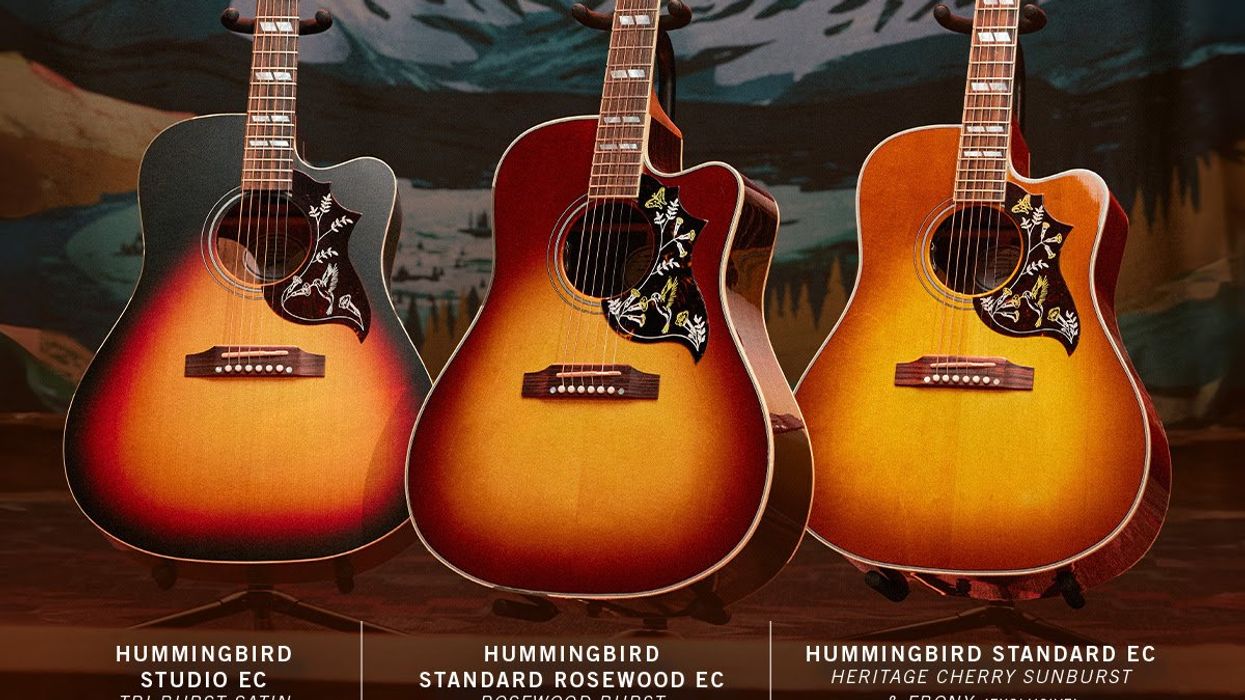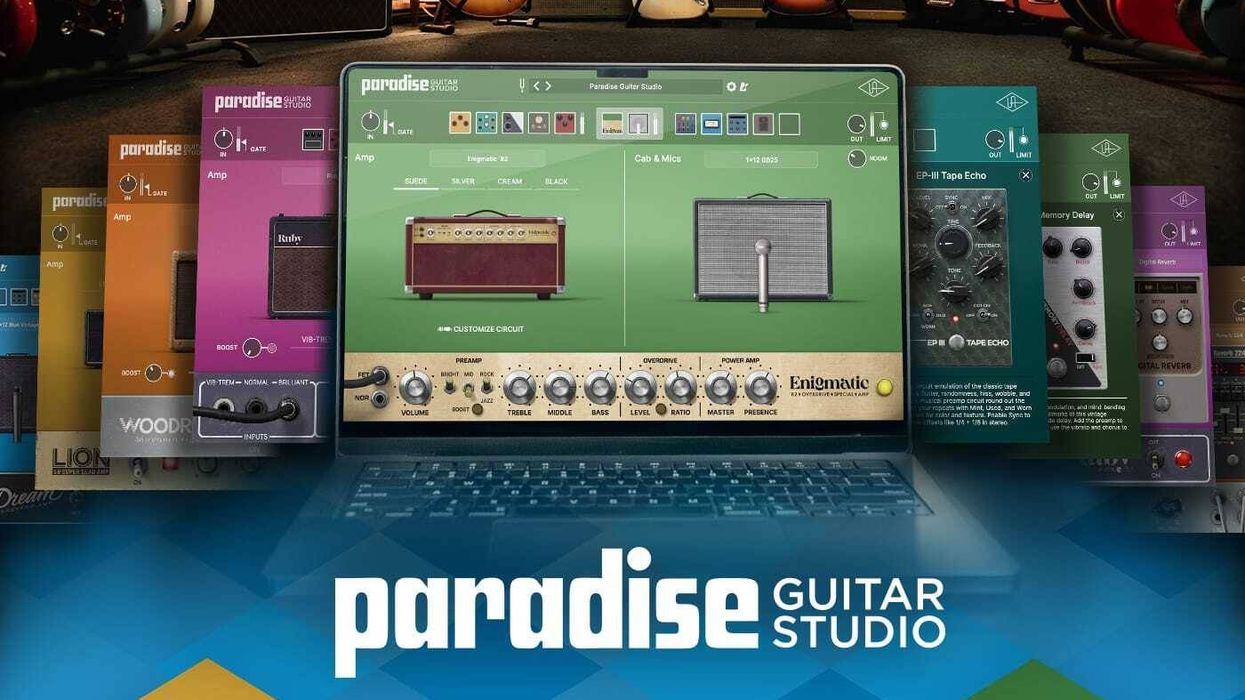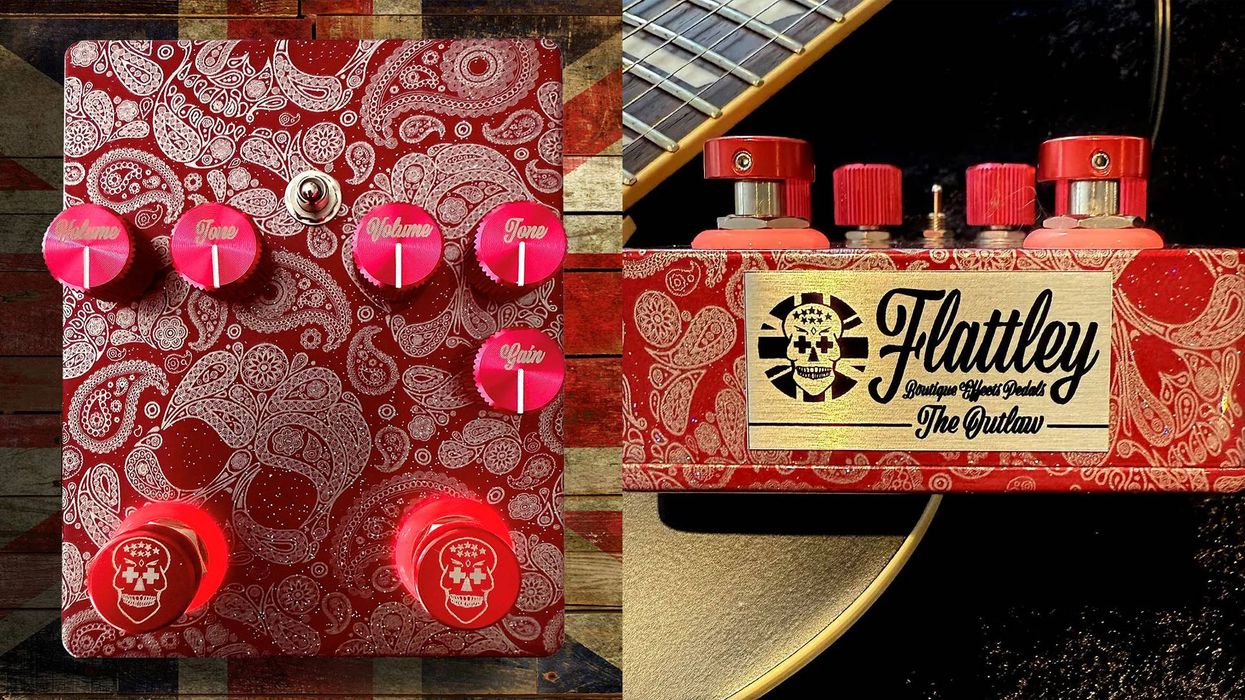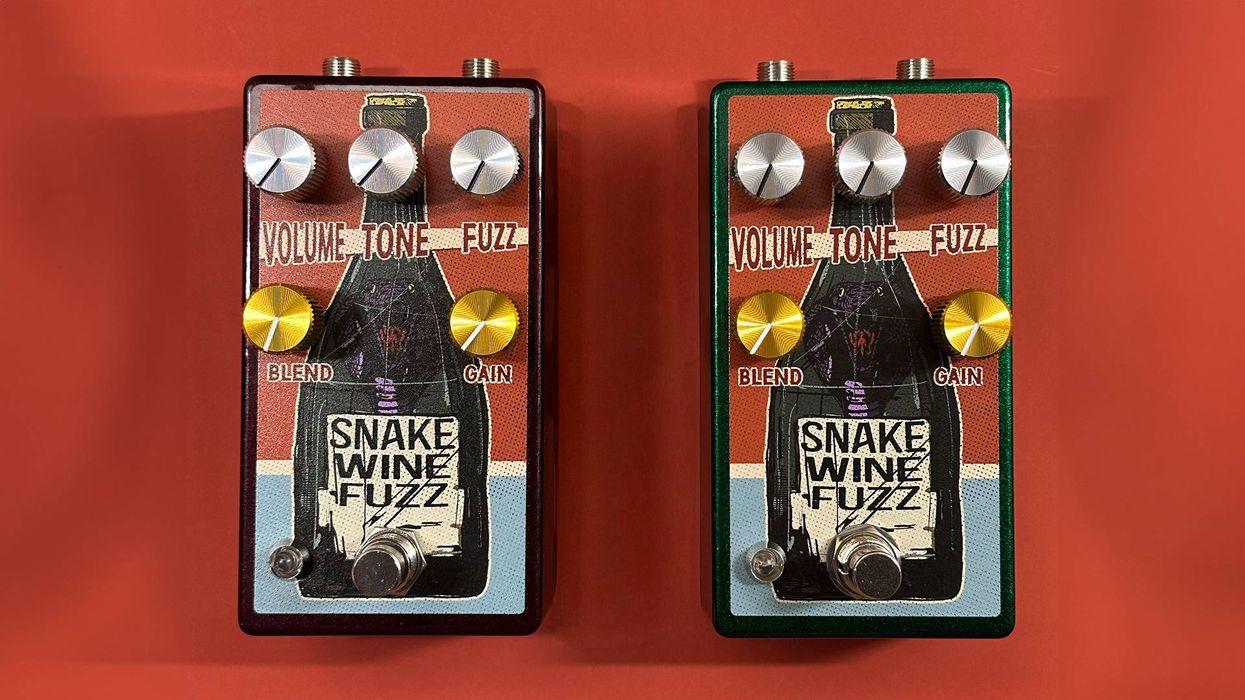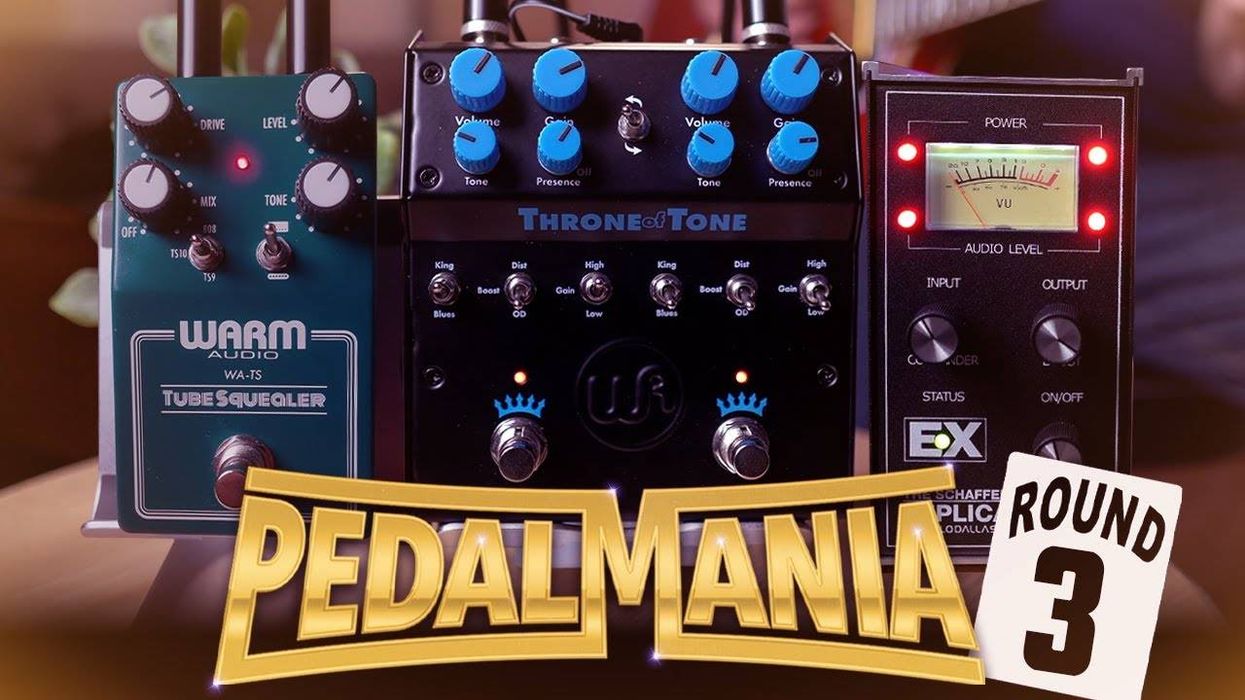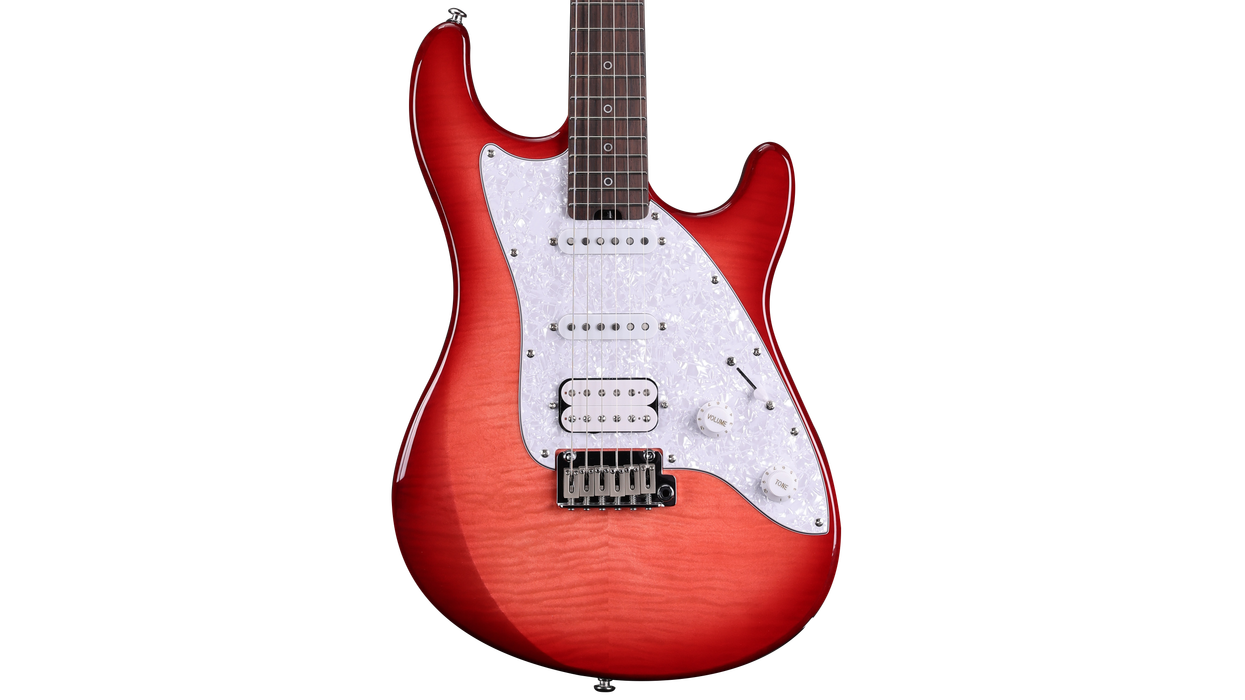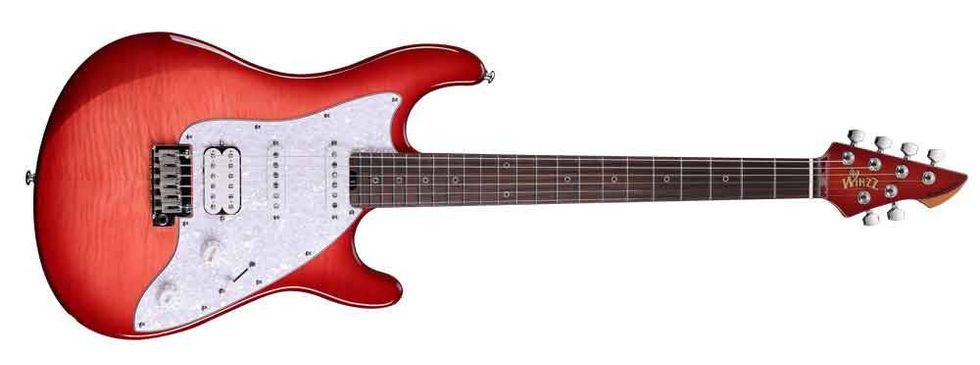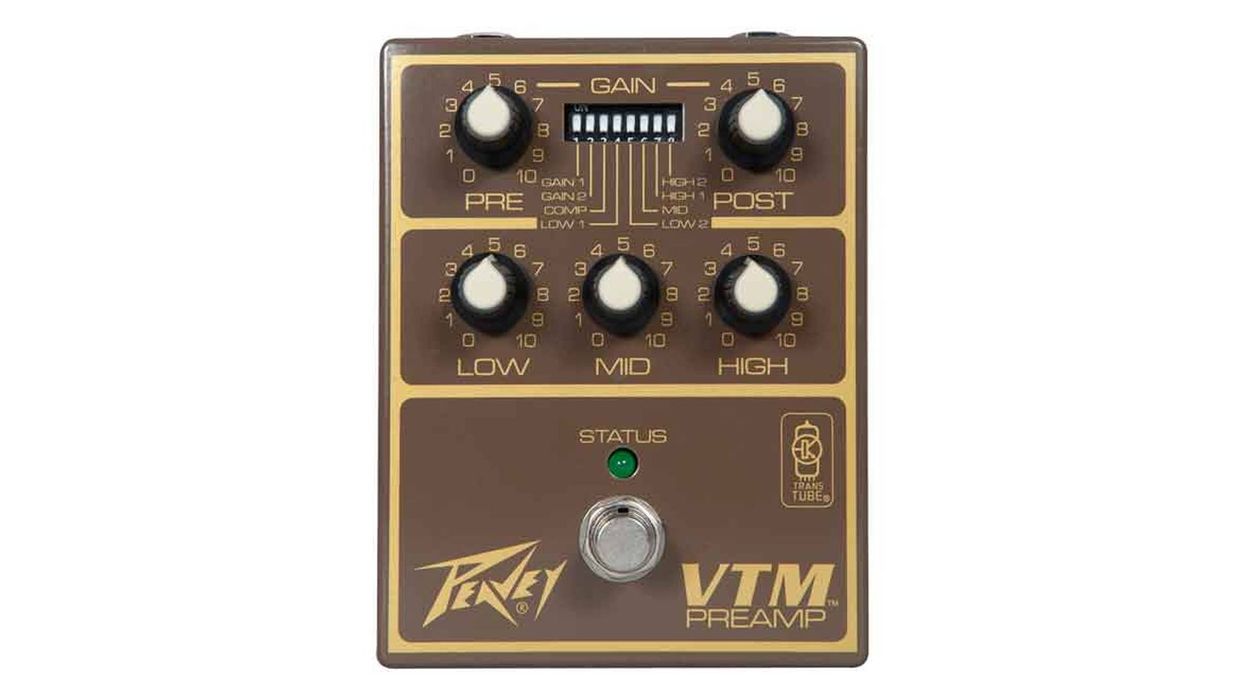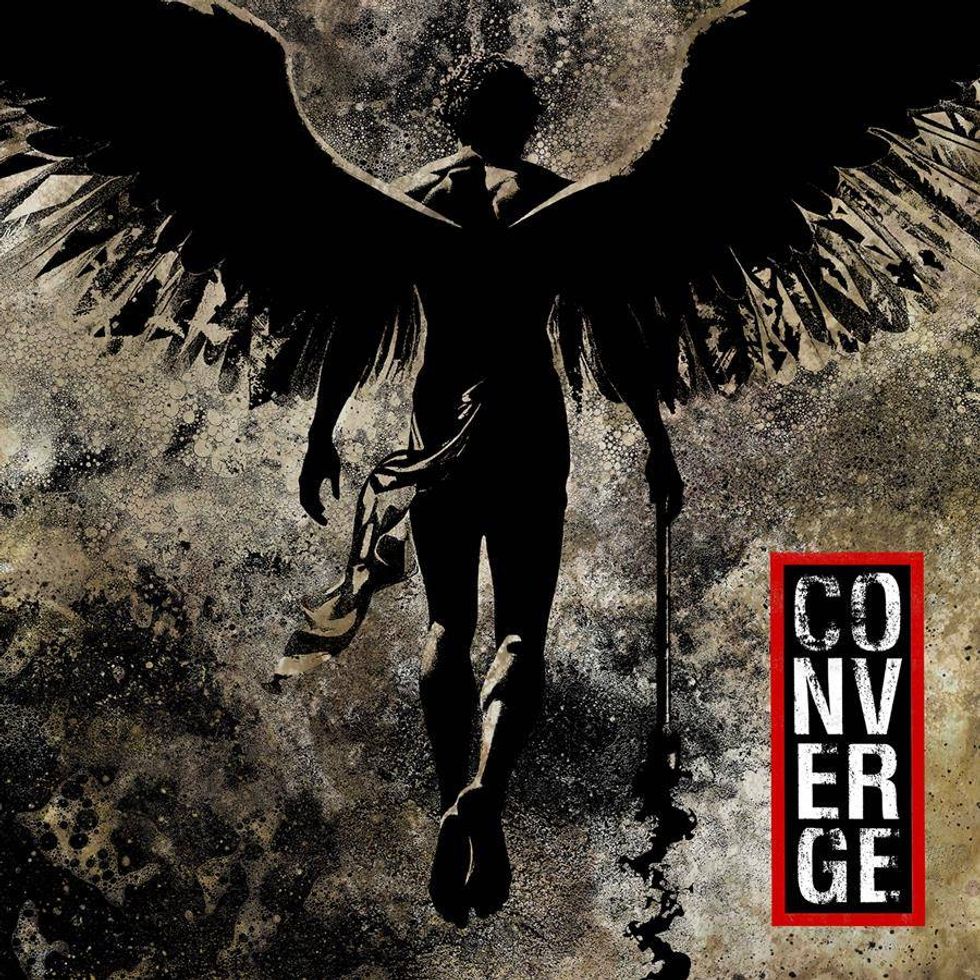The Hummingbird Studio EC features a mahogany body and sides with a Sitka spruce top, a Round SlimTaper profile mahogany neck, and L.R. Baggs electronics.
The Hummingbird has become more versatile and expressive than ever with the introduction of the Hummingbird Studio EC, Hummingbird Standard EC, and the Hummingbird Rosewood EC. Equipped with cutaway bodies that provide improved access to the upper frets of the Round SlimTaper profile mahogany necks, L.R. Baggs electronics, and shipped in hardshell cases, they’re ready for you to take them wherever the muse carries you.
Hummingbird Standard EC
- Mahogany body and sides with a Sitka spruce top
- Mahogany neck with a Round SlimTaper profile and 12” radius
- L.R. Baggs VTC electronics
- Gloss finish with full-color Hummingbird graphics on the pickguard
Gibson Acoustic
$3999.00
Hummingbird Standard Rosewood EC
- Rosewood body and sides with a Sitka spruce top gives more bass and harmonic complexity
- Mahogany neck with a Round SlimTaper profile and 12” radius
- L.R. Baggs VTC electronics
- Gloss finish with full-color Hummingbird graphics on the pickguard
Gibson Acoustic
$4599.00
Hummingbird Studio EC
- Mahogany body and sides with a Sitka spruce top
- Utile neck with a Round SlimTaper profile and 16” radius
- L.R. Baggs Element Bronze electronics
- Satin finish with one-color Hummingbird graphics on the pickguard
For more information, please visit gibson.com.
Gibson Acoustic
$2999.00
